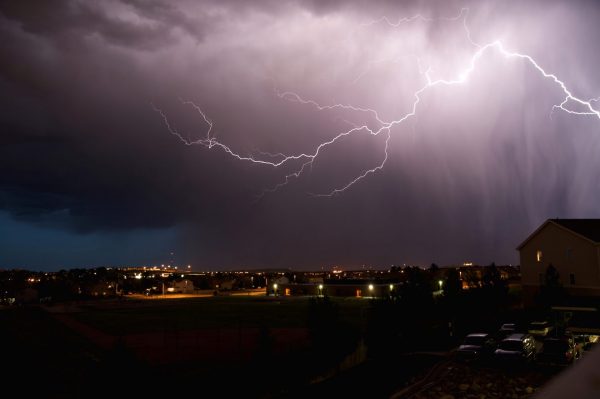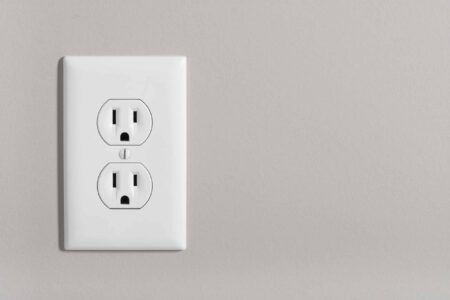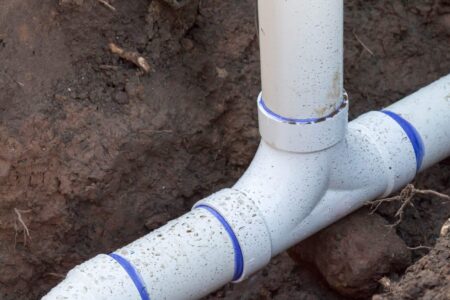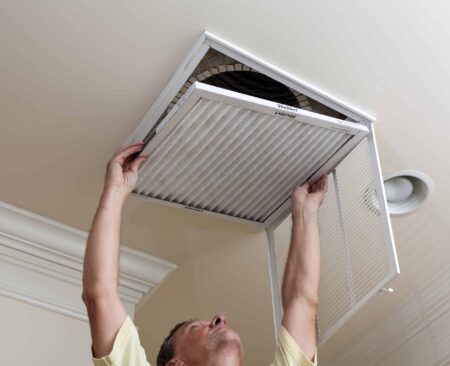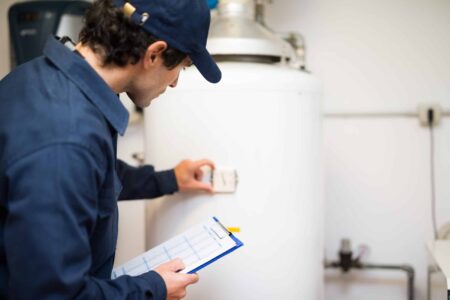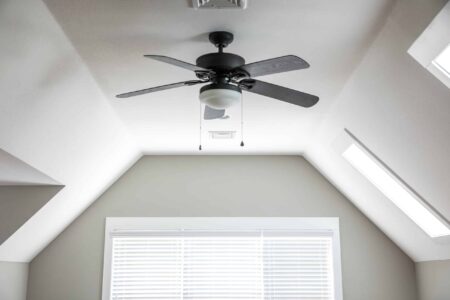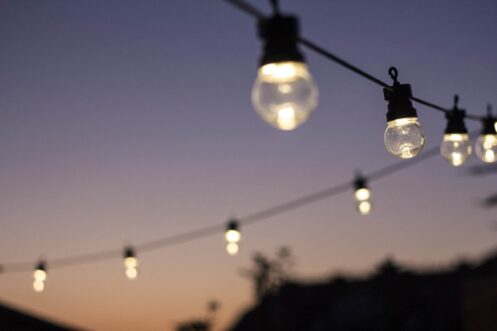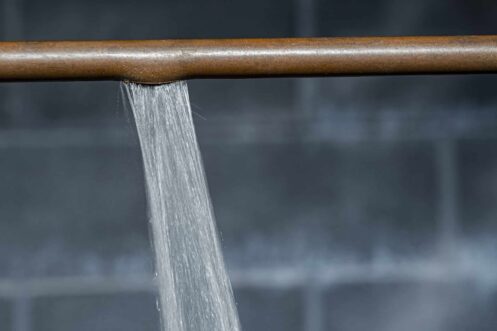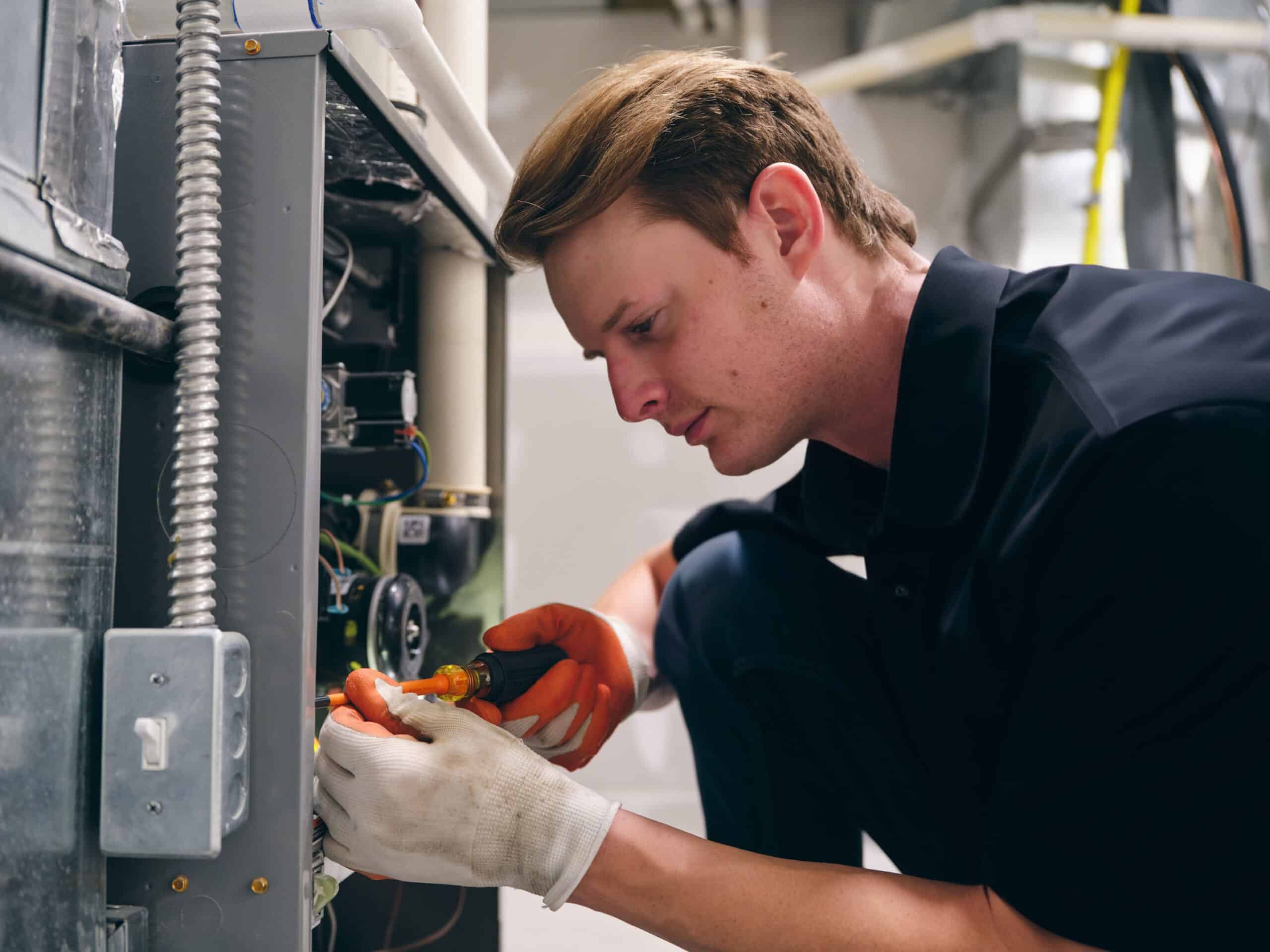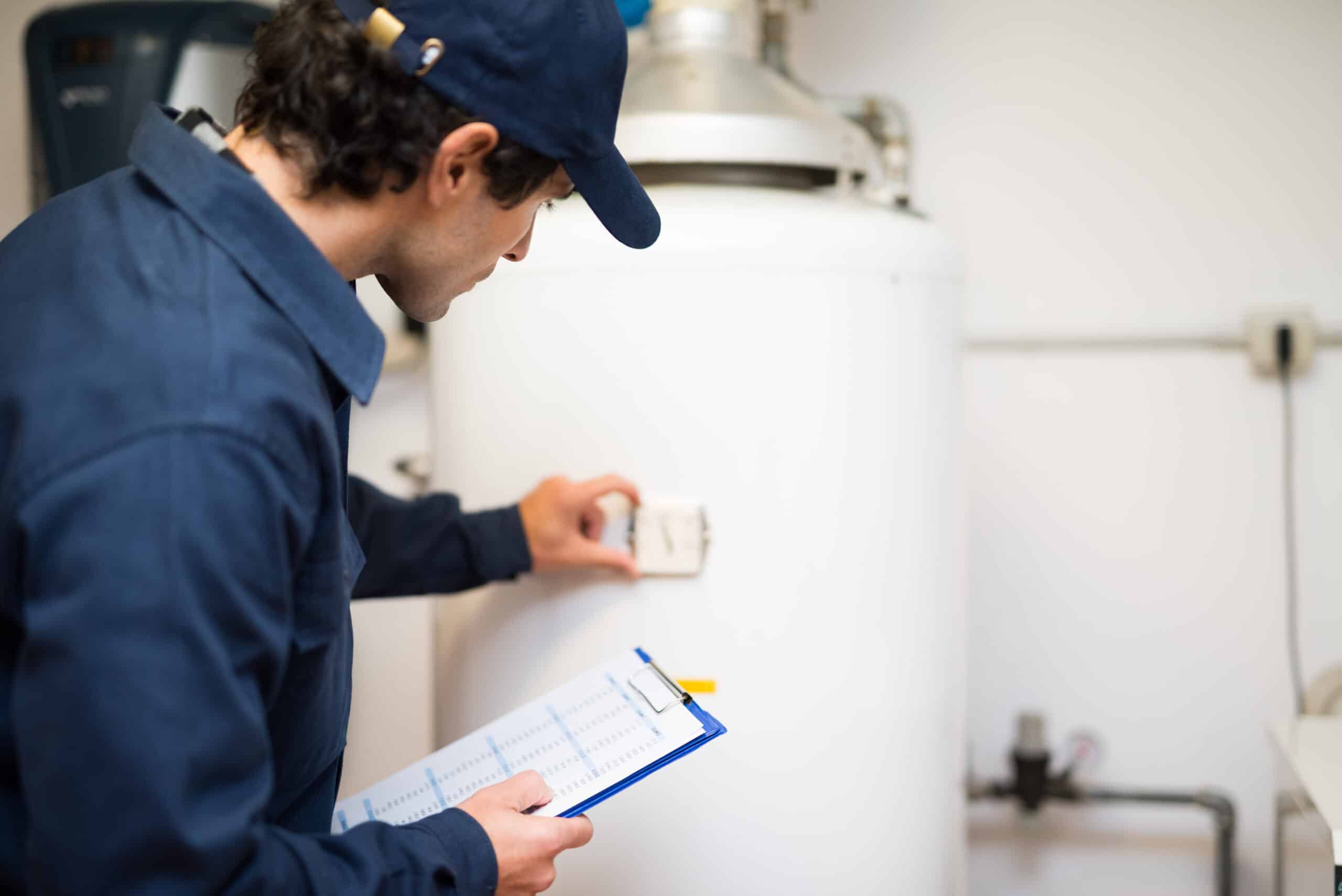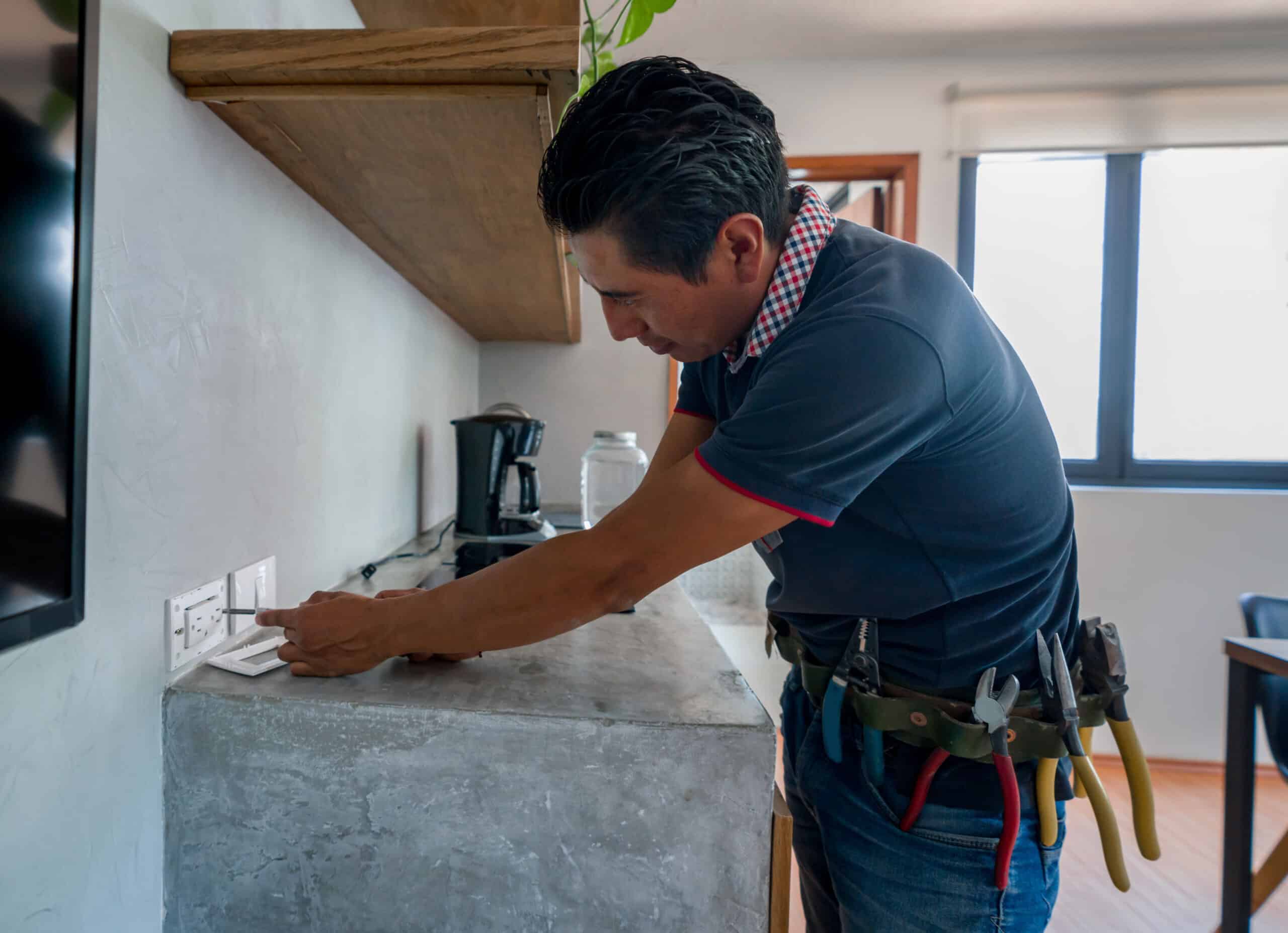Storm season in Pratt, KS can take a major toll on your home’s HVAC system. Unfortunately, this is also the time when many residents need this equipment the most. Learning how to prevent storm damage and how to inspect for it after an extreme weather event is essential. With the information that follows, you can keep your air conditioner working like it should.
Power Surges and Storms
Power outages are common occurrences during severe weather events. When wind speeds start rising, you’ll likely notice your lights and other appliances flickering off and on. This flickering is an indication of short-term disruptions in the local power supply. They mean that the flow of electricity is suddenly stopped and rapidly restored. These seemingly minor events can take a major toll on everything that you have plugged in.
When power outages occur, circuit breakers are tripped. This way, the return of the electrical current does not cause appliance damage. If your heater or air conditioner goes out during a storm, you may need to reset the circuit breaker after the storm has passed. However, having additional surge protection in place is important.
One of the most common causes of power surges during extreme weather events in Kansas is lightning. Lightning strikes can instantly damage HVAC equipment and any other appliances that are affected by them. The only way to reliably protect sensitive and costly equipment against these events and other power surges is by having a whole-house surge protector installed. This is especially important to do if your home has been subject to lightning strikes in the past or if power surges following storm-related power outages have damaged your home appliances before. Until you have a whole-house surge protector installed, turn your air conditioner off at the thermostat and circuit breaker until storms have passed.
Pooling Water
If you have a central HVAC system in your home, your air conditioner has two primary components: the indoor air compressor and the outdoor condenser. The condenser is usually installed on a level concrete pad. If your backyard or side yard lacks sufficient drainage or if rainfall is especially heavy, water can begin pooling around this unit. Although AC condensers are designed to be waterproof, they should never be partially or fully submerged.
In addition to causing equipment damage, pooling water at the outdoor condenser is a major electrical hazard. As long as this equipment remains on, the risk of electrocution remains high. Turn your air conditioner off at the circuit breaker whenever pooling water is present. When possible, you can also clear outdoor drains or use a push broom to force standing water out of the area and prevent further damage.
Strong Winds
In Kansas, heavy winds during storm season are the norm. Thus, one of the best ways to protect HVAC systems during storms is by removing as much loose debris from your yard as you can. Make sure that heavy items near your outdoor HVAC equipment are securely mounted or strapped down. This includes toys, barbecue pits and meat smokers, and anything else that might get blown into the AC condenser. It’s also a good idea to clean up loose twigs and tree branches. Having older trees pruned and limbed on a regular basis will also prevent weak branches from breaking off.
Damage to Your Air Conditioner’s Refrigerant Lines
If you turn your air conditioner on after a seasonal storm and notice that it’s blowing out warm air, there’s a good chance that the refrigerant lines have been damaged. Turn the unit back off to keep a potentially minor problem from turning into a major one. Have the entire system inspected and all damages repaired before attempting to use your air conditioner again.
How to Check for HVAC Damage After a Major Storm
Certain forms of storm-related damage can instantly cause your HVAC system to stop working. However, evidence of minor damage may take days or even weeks to manifest. Even if your heating and cooling systems turn back on after these events, this doesn’t mean that they haven’t been harmed. Unknown problems can affect the efficiency and overall performance of HVAC systems with outside components. If HVAC equipment continues to be used, minor damages can also diminish their lifespans over time.
The surest way to rule out storm-related HVAC damage is to have this equipment professionally inspected after all severe weather events. This is an easy and cost-effective choice if your heater or air conditioner is already on-deck for an annual tune-up service. When storms are frequent and scheduling multiple post-storm inspections isn’t practical, you can turn your air conditioner on and check for:
- Strange sounds
- Suspicious smells
- Insufficient airflow
Equipment that’s suddenly much noisier during operation has likely taken on debris. You can open the outdoor condenser cover and try to pull visible debris out. Debris that isn’t easily accessed should be removed by a licensed HVAC technician.
Strange smells may be an indication of burnt or frayed wiring, or other electrical problems. These should be brought to the attention of a reputable electrician right away. You should also seek professional help if your outdoor condenser was partially or fully submerged by pooling water, subject to a lightning strike, or affected by power surges in other ways.
Secure and Cover Your Outdoor Condenser Unit
Ahead of any severe weather event, it’s a good idea to cover and secure your air conditioner’s outside condenser unit. Many new air conditioners come with tie-down straps for their condensers. If yours doesn’t have these, you can have your HVAC provider install compatible options before the next storm. If your system currently has tie-downs, check these ahead of incoming storms to make sure that they aren’t rusted and that they’re in overall good condition.
If you’ve turned your air conditioner off to prevent surge-related blowouts, consider covering it as well. This will prevent exposure to excess moisture. It will also keep small debris like rocks, sticks, and leaves from getting blown in. Specially made condenser covers are always preferable to tarps. If you’re unsure of which covering to use, get a recommendation from a trusted HVAC company.
After Storm Care
After a storm has passed, go outside and remove any debris that has landed by the condenser. Remove any tarp or condenser cover that you’ve put on, and look for visible signs of damage. These include pooling water or other evidence of excess moisture, and blunt force damage such as bent condenser covers. If anything looks out of the ordinary, schedule a professional inspection before turning the unit back on. If there’s no noticeable evidence of damage and you’re able to resume using your air conditioner right away, be on the lookout for strange noises and smells, and insufficient cooling or airflow.
At Eck Services, we’ve been providing reliable heating, cooling, and plumbing service to residents of Pratt, Kansas and the surrounding cities for more than 17 years. We also provide electrical services, indoor air quality service, and septic tank pumping. If you need whole-house surge protection or help with storm-related HVAC damage, we can provide it. Call us today for an appointment!


